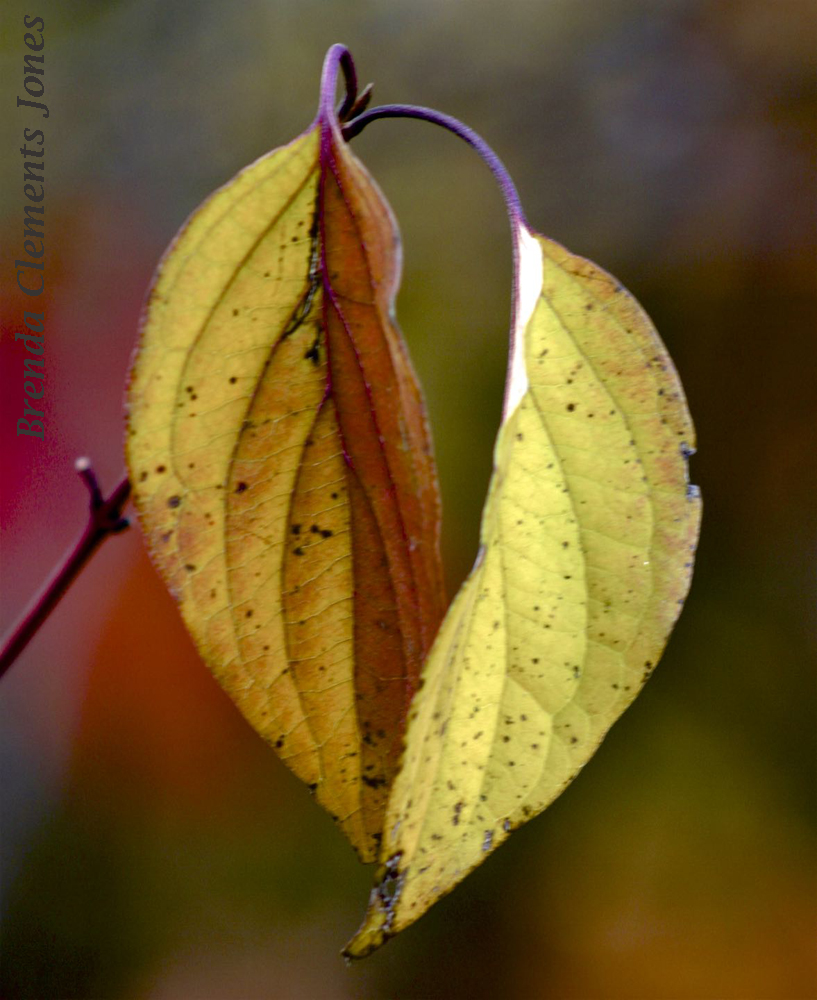
Just like the Flowering Dogwood (Cornus florida) that we see most often, Gray Dogwood (Cornus racemosa) has opposite leaves and those leaves look quite similar to Flowering Dogwood.

The flowers of Gray Dogwood arrive on dome shaped panicles, or branched clusters, in late May and June here in the Blue Ridge Mountains of Virginia.

The individual flowers in the panicles are one quarter inch across. Those flowers contain a short calyx with four small teeth, four creamy white petals, four stamens with soft yellow anthers, and a central pistil.

The branches of each panicle are creamy white like the petals, when the flowers are produced. In a short time they become bright red as the drupes, or fruit, matures. Anyone else see these as little teeny trees?

Nearly one hundred species of birds are attracted to these drupes from late summer into early autumn.

And as autumn descends upon these small trees the leaves turn a soft yellow with highlights of purply-red.

My favorite part of the year as Gray Dogwoods go through each of the seasons is of course, winter. Those teeny trees, which are actually the panicles that were in turn, for flowers and then, for drupes become the perfect receptacles for ice and iced spider webs as well.
